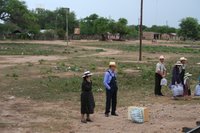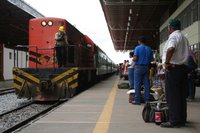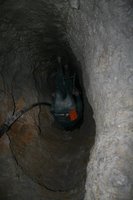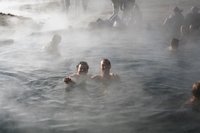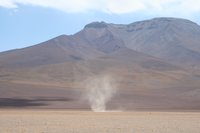

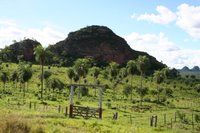
Why No one Visits Paraguay
As I have been travelling I've been getting advice from other travellers, where to go where to stay that sort of thing for most of South America. Its thanks to the advice of othersthat I'll be going to Columbia next March, everyones been so positive about the place.
However no one and I mean no one as been to Paraguay that I have met and now I know why. Basically there is no tourist infastructure, there's not alot to do there and its too bloody hot and humid to see what there is. Whilst I was there it was 40C plus in the shade and 100% humidity.
I am glad I've been there and the some of the countyside is fantastic but unfortunately its just too hot for this average northern European to enjoy for long.
I think I have already told you about my journey across the Brazilian/Paraguay border on the back of a motor scooter in an email. From the border I travelled to Conception where i found a steam crane made in Leicester (the L is missing in the photo). I hoped to travel to Ascuncion by boat along the Rio Paraguay but not for the first time the Lonely planet had wrong information so I had to get there by bus. Ascunsion is nothing special but the addition of a thunder storm, power cut and then public holiday the next day made my visit there a little flat.
Still its another stamp in the passport!
Picures are:
The Irish influence a street name in Ascuncion
A stean crane from Leicester in Conception
Beautiful but very hot and sticky countryside
Finally, after a run of poor results and a wash out UP THE LATICS!
